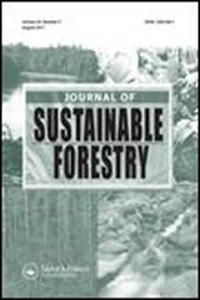Resource information
In the arid, low biomass producing areas of Ethiopia, Acacia woodlands suffered a severe degradation due to exploitation for various uses, and conversion to grazing and cultivated lands. However, little is known on the impact of agricultural land uses on soil organic carbon (SOC), total nitrogen (TN) stocks, and other soil quality indicators. This study was planned to evaluate SOC and TN stock changes under parkland agroforestry (PAF), managed pastureland (MPL), and treeless cropland (TLCL) regimes by considering the remnant protected woodland (PWL) as a reference. We found that SOC and TN stocks were significantly higher in PWL and MPL areas. Conversion of Acacia woodlands to MPL, PAF, and TLCL resulted in the loss of SOC stock by 23, 50, and 56%, respectively. Higher SOC and TN stocks were found under PWL (144.3 Mg ha?1) and MPL (108.2 Mg ha?1). Significant changes in available phosphorous (P), exchangeable cations, and cation exchangeable capacity were observed following the woodland conversion to different land use types. Available P was the highest in MPL compared with the other land use regimes. Within the study area, the MPL land use type was the best land management option for protecting SOC and TN soil stocks.



